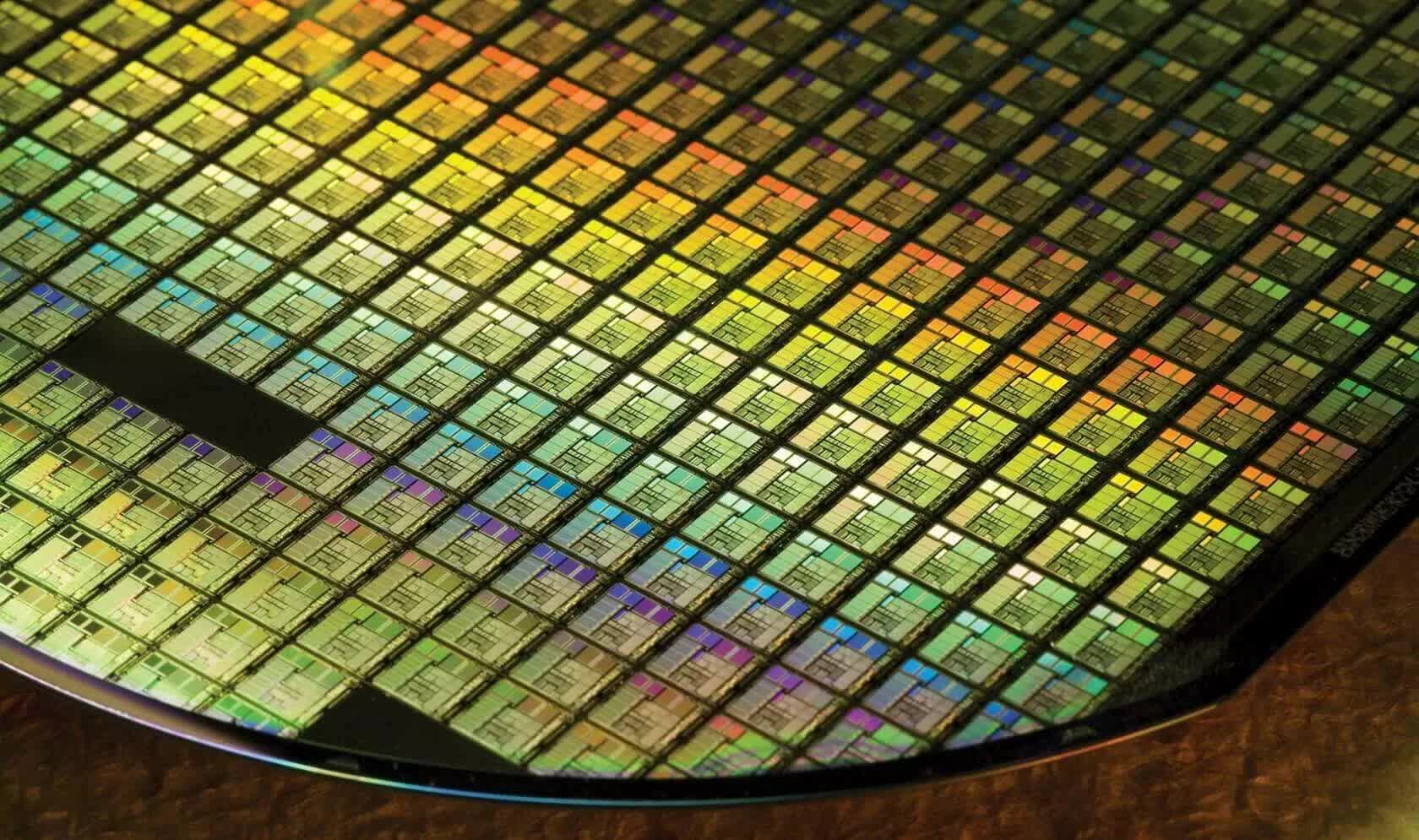
Why it matters: As the world continues to grapple with the semiconductor shortage, Russia’s invasion of Ukraine threatens to put a severe strain on one more important chip component. How long the war lasts will determine the severity of the disruption.
Around half of the world’s supply of neon—needed for the lasers used in chip manufacturing—comes from two companies in Ukraine. Reuters reports that both have ceased production since the beginning of the Russian invasion. Market research from Techcet notes the US gets just under 50 percent of its supply from the region.
One of the companies, Ingas, is based in Mariupol, which is currently under attack from Russian forces. Mariupol is the same city in which a Russian airstrike hit a maternity hospital earlier this week. The other company, called Cryoin, stopped production the day the invasion started, though the city where it’s based, Odessa, hasn’t come under attack yet.

Soon after the invasion, chipmakers tried to downplay fears of further supply disruption. While they recognized Ukraine’s importance in neon production, they also noted that manufacturers tend to keep stockpiles for emergencies. It’s difficult to say how much neon various companies and their clients have stockpiled, but the production stoppage could cause severe problems within months.
Cryoin thinks it can hold out for three months with production stopped but may face more problems if its facilities are damaged, and it may face trouble getting raw materials needed for purifying neon. The central bank and economic ministry of Taiwan, where TSMC is based, say companies in that country have neon stockpiles.
Even though companies in other countries could supply neon, the invasion could increase prices. Other companies that aren’t already producing neon could take months to years to ramp up, and it isn’t yet clear how long the war or the semiconductor shortage will last. A TSMC R&D executive recently said that the chip shortage could last until 2024.